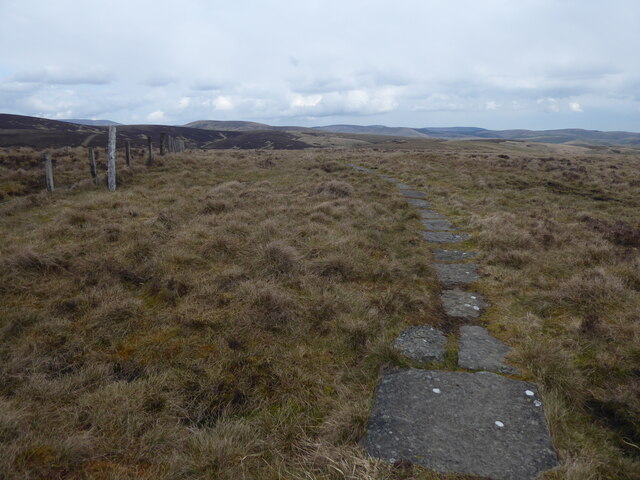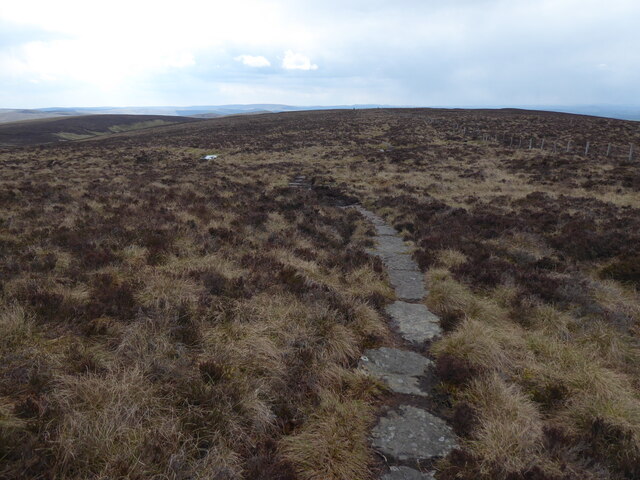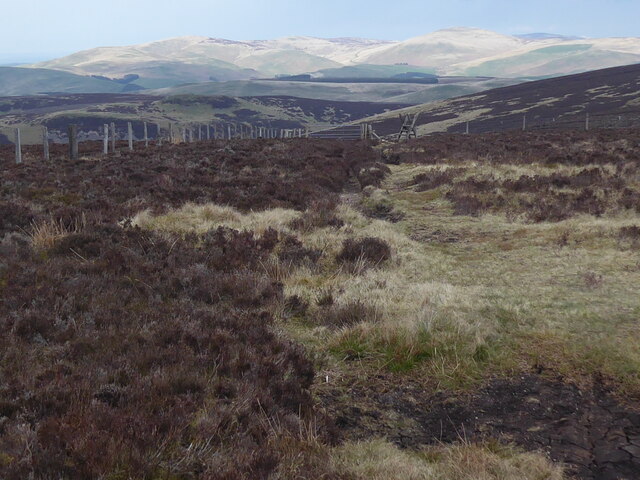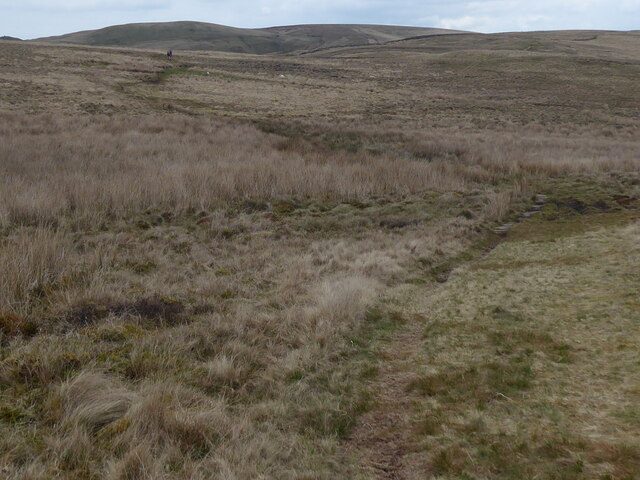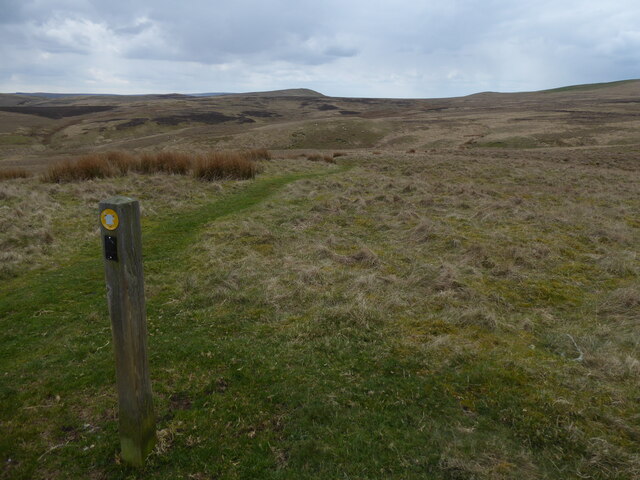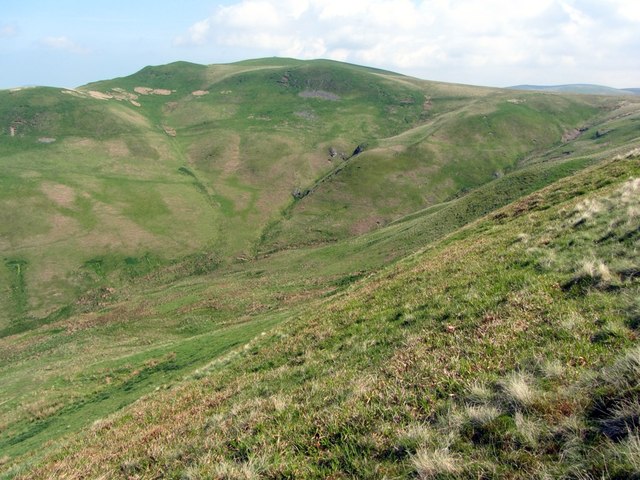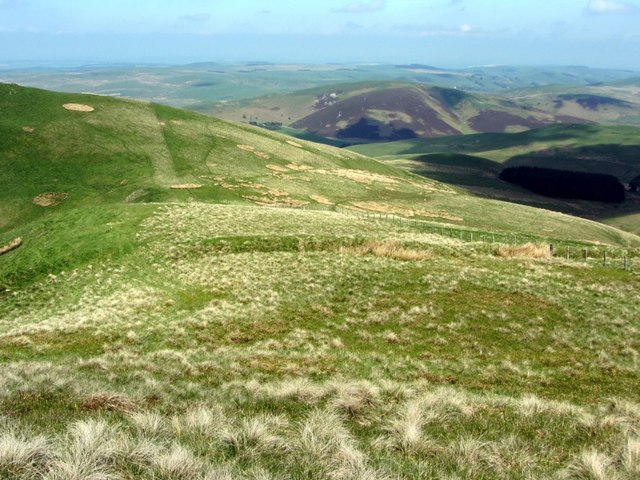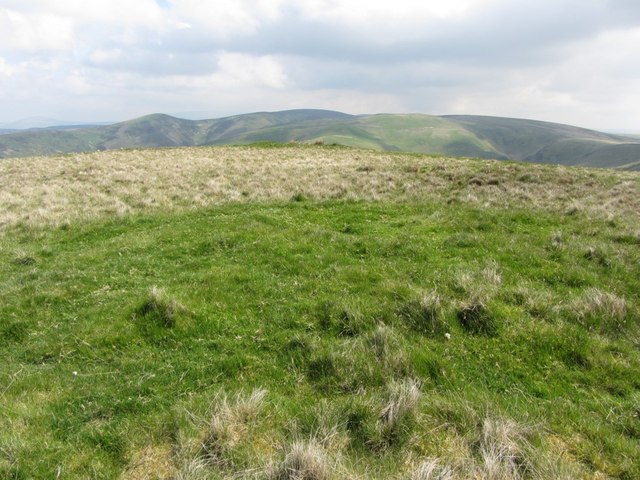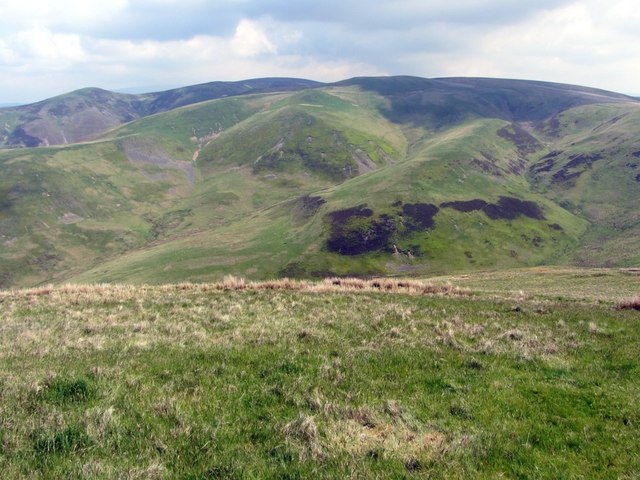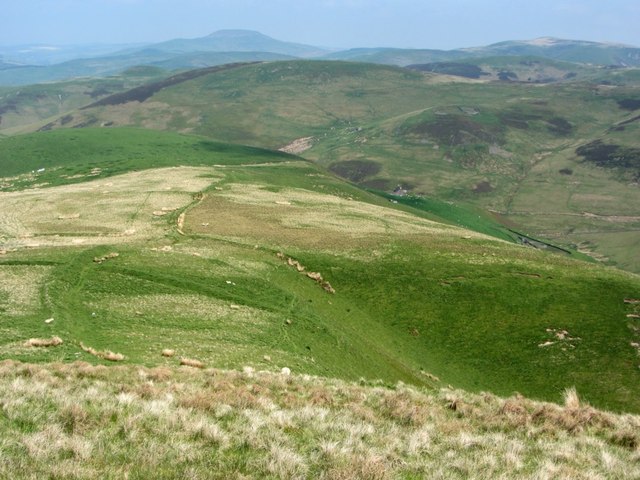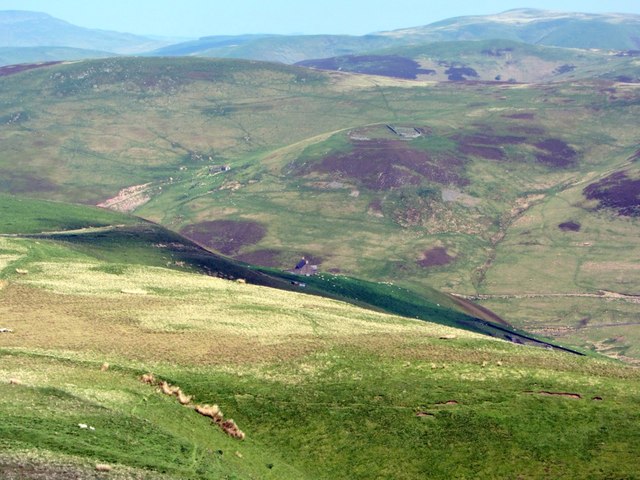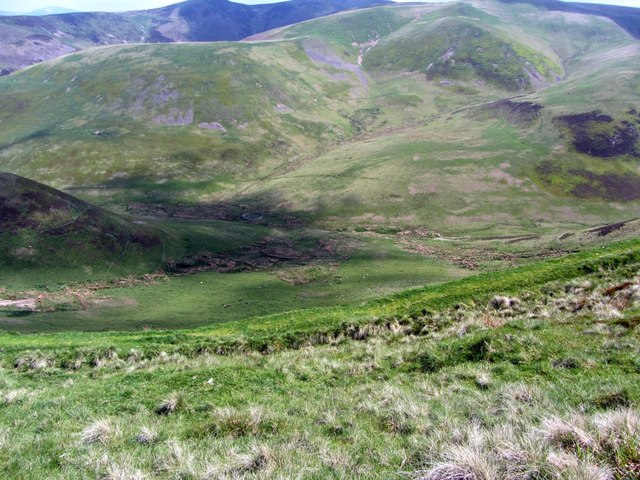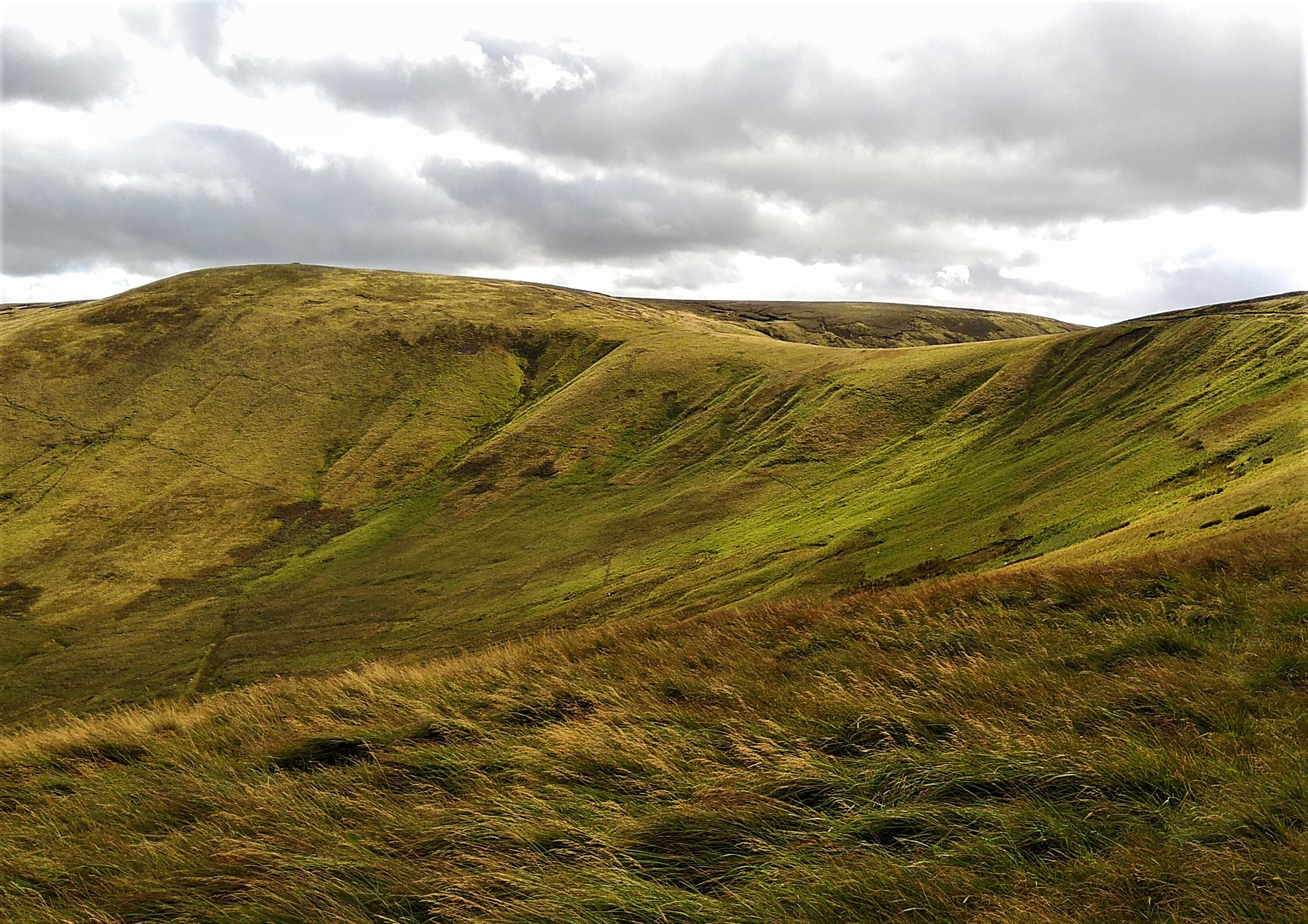Deer Cleugh
Valley in Roxburghshire
Scotland
Deer Cleugh
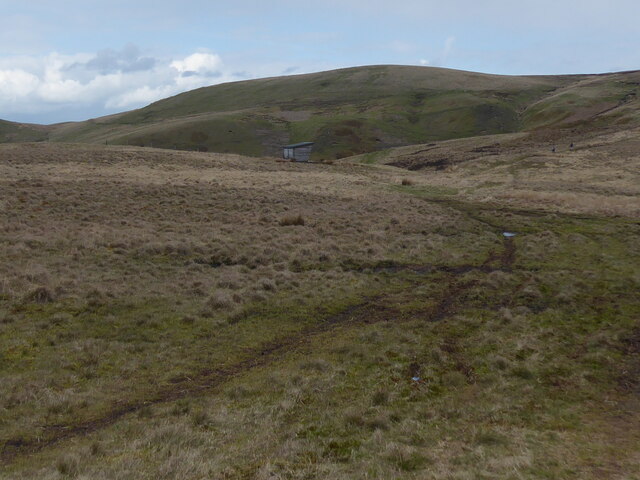
Deer Cleugh is a picturesque valley located in the county of Roxburghshire, in the southern part of Scotland. It is nestled amidst the rolling hills and stunning landscapes of the Scottish Borders region. The valley is renowned for its natural beauty, with its lush green meadows, dense forests, and sparkling streams, making it a popular destination for nature lovers and outdoor enthusiasts.
This tranquil valley is home to an abundant wildlife population, including a significant number of deer, which gives the area its name. The local inhabitants often admire the graceful sight of these majestic creatures roaming freely across the valley. The valley's diverse ecosystem supports a variety of other animal species as well, such as birds, rabbits, and foxes.
Deer Cleugh offers numerous opportunities for outdoor activities and recreation. Hiking and walking trails crisscross the area, allowing visitors to explore the valley's scenic beauty and enjoy breathtaking views. The valley’s streams are ideal for fishing, attracting anglers from near and far. Additionally, the dense forests provide a perfect setting for birdwatching and wildlife spotting.
For those interested in history and culture, Deer Cleugh is also rich in heritage. The valley is dotted with ancient ruins and historical sites, including a medieval castle and several old settlements. These remnants from the past provide a glimpse into the valley's fascinating history and offer a chance to connect with the area's ancient roots.
In conclusion, Deer Cleugh in Roxburghshire is a captivating valley renowned for its natural splendor, rich wildlife, and historical significance. It offers a peaceful retreat for those seeking to immerse themselves in the beauty of the Scottish countryside and enjoy a range of outdoor activities.
If you have any feedback on the listing, please let us know in the comments section below.
Deer Cleugh Images
Images are sourced within 2km of 55.419161/-2.3128073 or Grid Reference NT8013. Thanks to Geograph Open Source API. All images are credited.
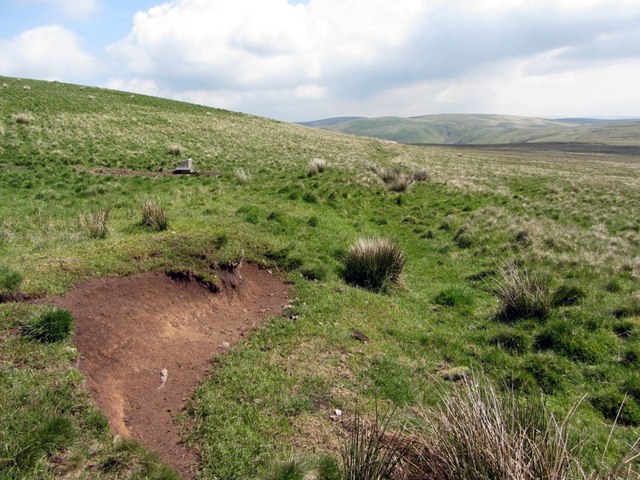
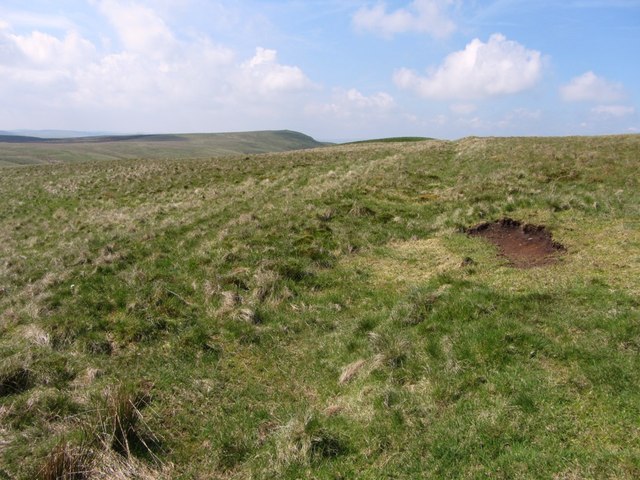
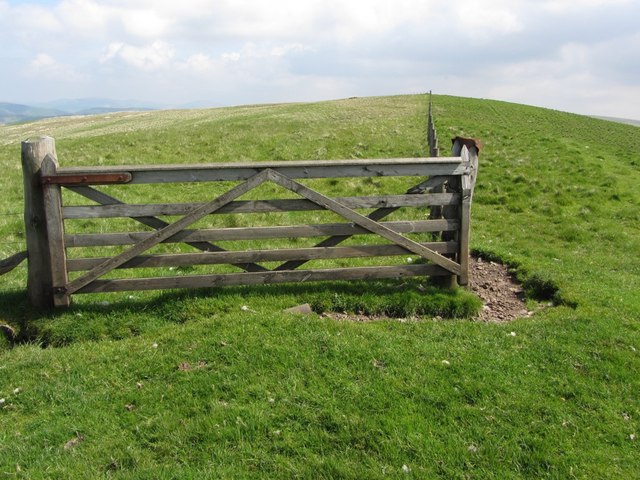
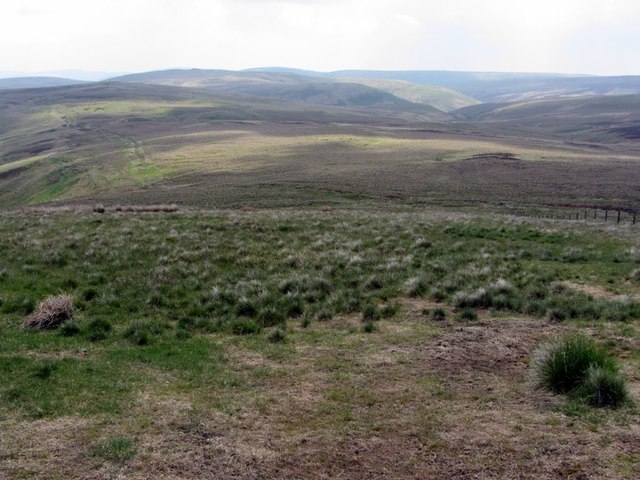
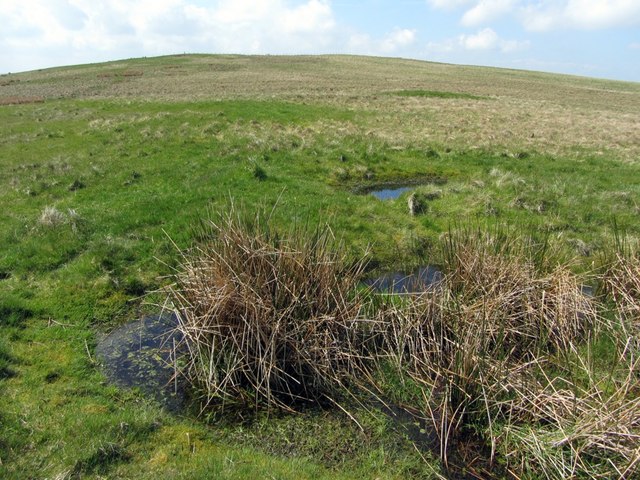
Deer Cleugh is located at Grid Ref: NT8013 (Lat: 55.419161, Lng: -2.3128073)
Unitary Authority: The Scottish Borders
Police Authority: The Lothians and Scottish Borders
What 3 Words
///cobbles.snowstorm.overcomes. Near Rochester, Northumberland
Nearby Locations
Related Wikis
Pennymuir Roman camps
The Pennymuir Roman camps are situated southeast of Jedburgh in the Scottish Borders area of Scotland, near the Anglo-Scottish border, in the former Roxburghshire...
Windy Gyle
Windy Gyle is a mountain in the Cheviot Hills range, on the border between England and Scotland. Like the other hills in the area, it is rounded and grass...
Chew Green
Chew Green is the site of the ancient Roman encampment, commonly but erroneously called Ad Fines (Latin: The Limits) on the 1885-1900 edition of the Ordnance...
Hownam
Hownam or Hounam is a small village and parish situated 8 miles east of Jedburgh in the Scottish Borders area of Scotland, near the Anglo-Scottish border...
Nearby Amenities
Located within 500m of 55.419161,-2.3128073Have you been to Deer Cleugh?
Leave your review of Deer Cleugh below (or comments, questions and feedback).
